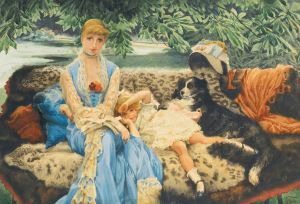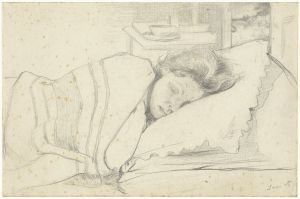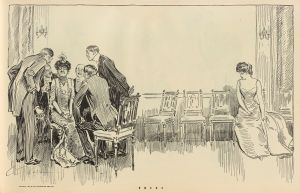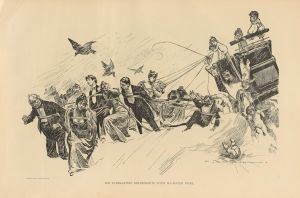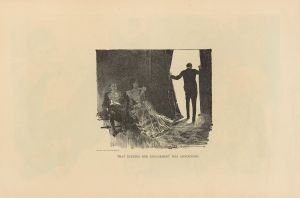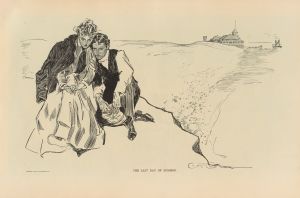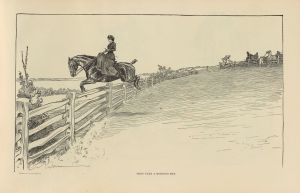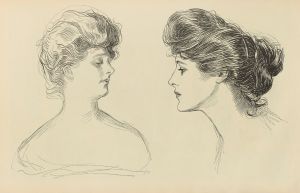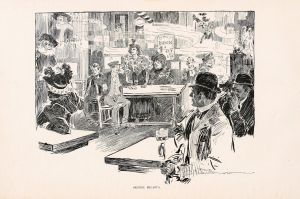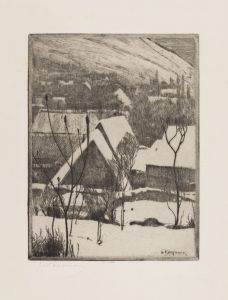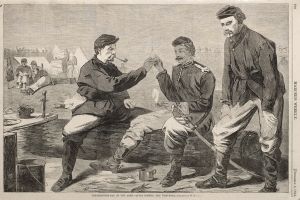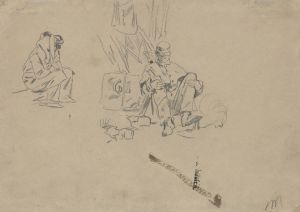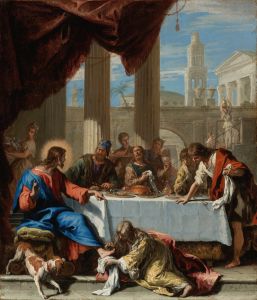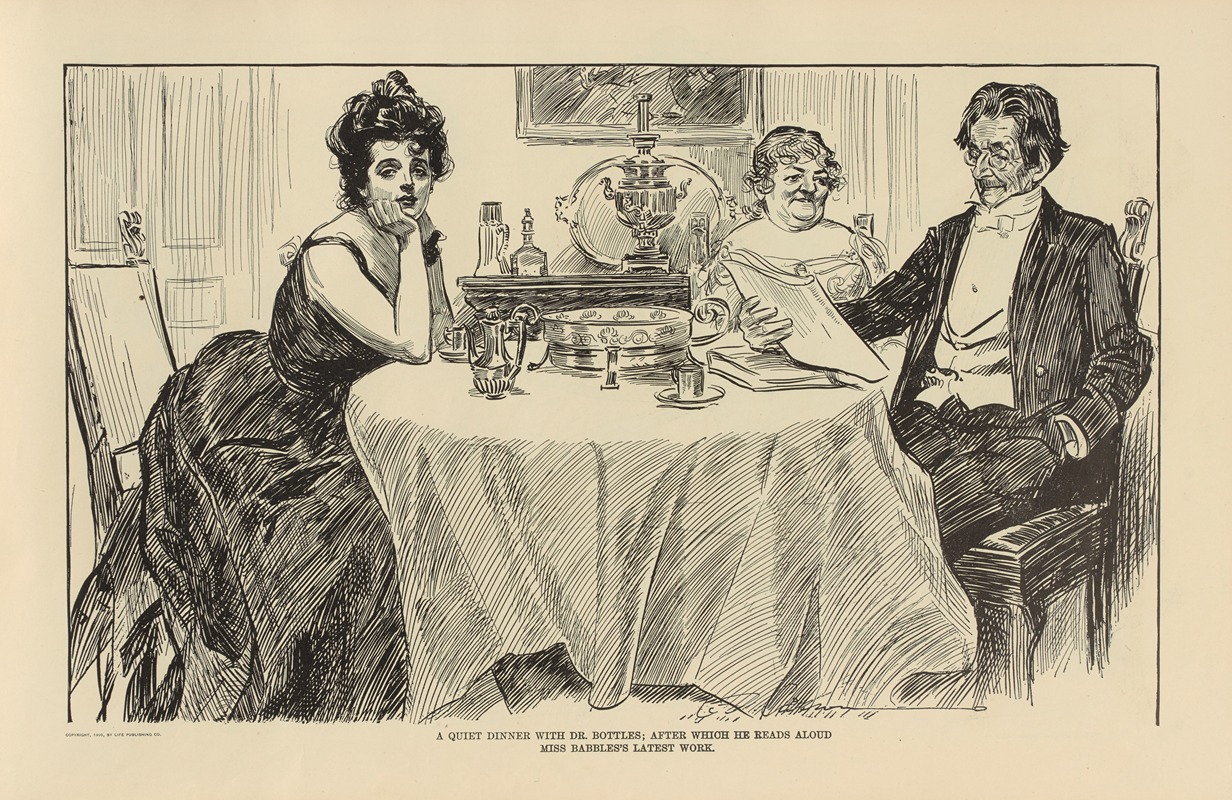
A quiet dinner with Dr. Bottles
A hand-painted replica of Charles Dana Gibson’s masterpiece A quiet dinner with Dr. Bottles, meticulously crafted by professional artists to capture the true essence of the original. Each piece is created with museum-quality canvas and rare mineral pigments, carefully painted by experienced artists with delicate brushstrokes and rich, layered colors to perfectly recreate the texture of the original artwork. Unlike machine-printed reproductions, this hand-painted version brings the painting to life, infused with the artist’s emotions and skill in every stroke. Whether for personal collection or home decoration, it instantly elevates the artistic atmosphere of any space.
Charles Dana Gibson was an influential American illustrator best known for creating the "Gibson Girl," a representation of the idealized American woman at the turn of the 20th century. His work appeared in numerous magazines and publications, capturing the social dynamics and cultural nuances of his time. One of his lesser-known works is "A Quiet Dinner with Dr. Bottles," which, like many of Gibson's illustrations, reflects the societal norms and attitudes of the era.
"A Quiet Dinner with Dr. Bottles" is a black-and-white illustration that showcases Gibson's signature style, characterized by detailed line work and a keen eye for social commentary. The illustration depicts a dining scene, which is a common setting in Gibson's work, often used to explore themes of social interaction and etiquette. The title suggests a focus on a character named Dr. Bottles, though specific details about this character or the narrative context of the illustration are not widely documented.
Gibson's illustrations often featured a satirical edge, commenting on the social mores and expectations of the upper and middle classes. His work frequently highlighted the roles and relationships between men and women, often with a humorous or critical undertone. While "A Quiet Dinner with Dr. Bottles" is not as widely recognized as some of his other works, it likely fits within this broader thematic framework.
The era in which Gibson worked was marked by significant social change, including shifts in gender roles and the rise of consumer culture. His illustrations, including "A Quiet Dinner with Dr. Bottles," provide a window into these transformations, capturing the complexities and contradictions of early 20th-century American society. Gibson's ability to encapsulate these themes in his art contributed to his lasting legacy as a key figure in American illustration.
Gibson's work was primarily published in magazines such as Life, Harper's Weekly, and Scribner's, reaching a wide audience and influencing public perceptions of social norms. His illustrations were not only artistic expressions but also cultural artifacts that documented the zeitgeist of his time. "A Quiet Dinner with Dr. Bottles," like many of his pieces, would have been part of this broader cultural dialogue, reflecting the interests and concerns of its contemporary audience.
In summary, while specific details about "A Quiet Dinner with Dr. Bottles" are limited, it can be understood within the context of Charles Dana Gibson's broader body of work. His illustrations remain significant for their artistic merit and their insightful commentary on the social dynamics of his era.





